Time travel is one of those concepts most often left for fantasy novels, movies, and long conversations about the what-ifs of life. But for many researchers, it’s been a plausible reality for decades.
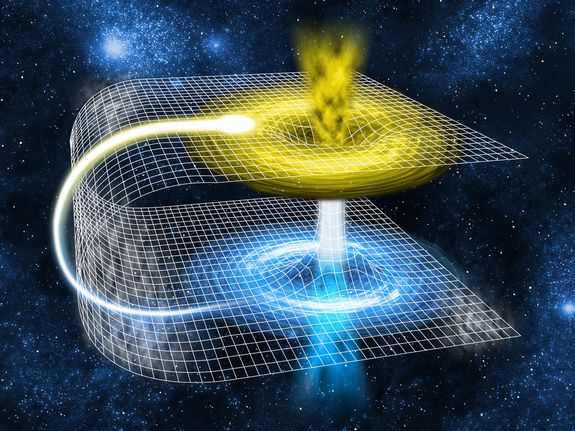


Time travel could be possible, says a group of physicists who’ve come up with a new interpretation of our universe, says the Sun U.K.
Professor Howard Wiseman and Dr. Michael Hall from Griffith University’s Centre for Quantum Dynamics, and Dr. Dirk-Andre Deckert from the University of California, say there are many universes, including identical ones to ours, that “influence one another through quantum mechanics.” The theory is called the “Many-Worlds Interpretation.”
What this means is that travelling through time within our universe is conceivable, says the Sun.
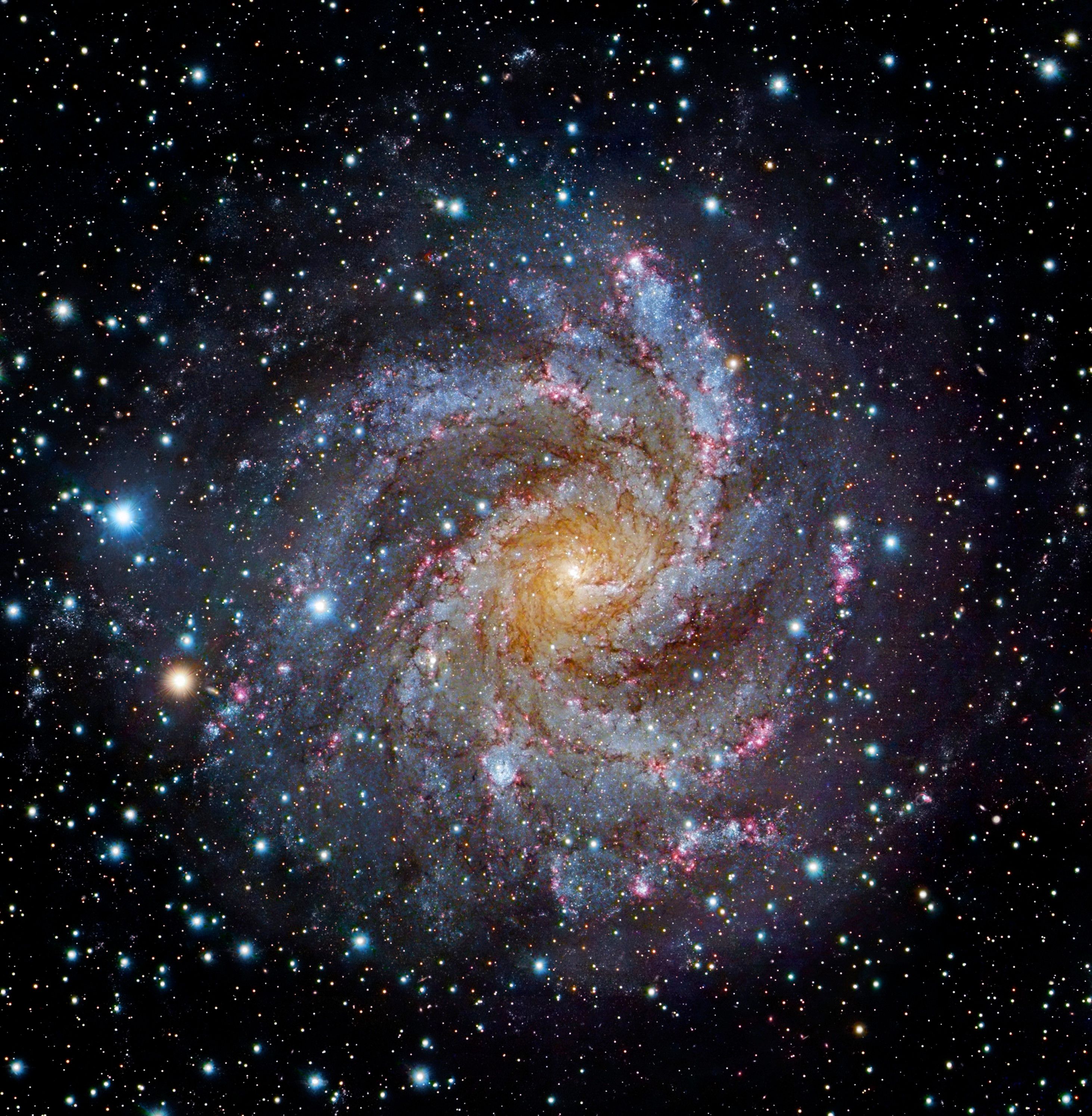
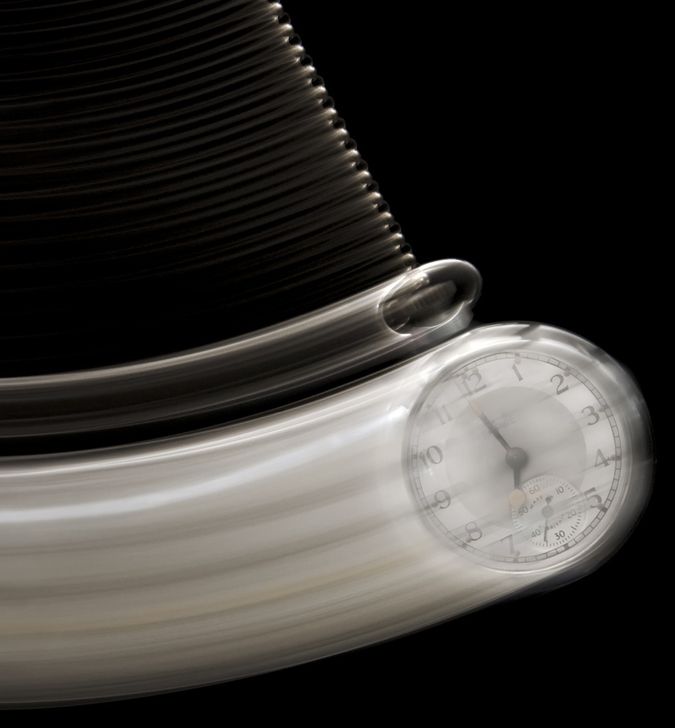

Most NYC subway riders are pretty blasé when panhandlers hit them up for cash between stations. When a panhandler announced he was collecting funds to build a time machine, riders chuckled at the odd request—until another man boarded the train and announced he was the inventor’s future self. He implored them not to give any money because time travel will ruin everything.
It sounds just like that X-Files episode (“Synchrony”) where a scientist travels from the future to stop his younger self from making the cryobiological compound that will one day enable time travel. But it’s actually an elaborate prank by Improv Everywhere:
For our latest mission, we staged an elaborate time travel prank on a New York City subway car with four sets of identical twins. A man enters a subway car and announces he is raising money to complete his time machine. At the next stop, his future self enters to try to talk him out of it. More and more time travelers convene on the subway car as the train rolls along, surprising the random commuters caught up in the middle.
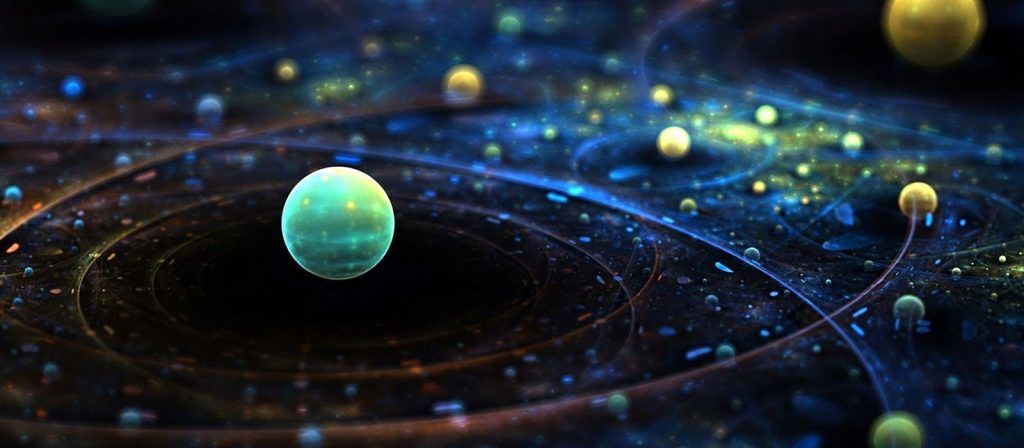
Quantum physics is the new physics that is pointing to something far greater than the materialistic world that we once believed to be the basis of our existence. Not only is it disproving our original perception of space and time, but it is opening the doors to the possibility of time travel, telepathy, and consciousness creating our reality.

Interesting…
However, new research carried out at the University of Waterloo and University of Lethbridge, in Canada, argues there is a much longer measureable minimum unit of time.
If true, the existence of such a minimum time changes the basic equations of quantum mechanics.
This means our understanding of how the universe operates on a very small scale may need to reconsidered.
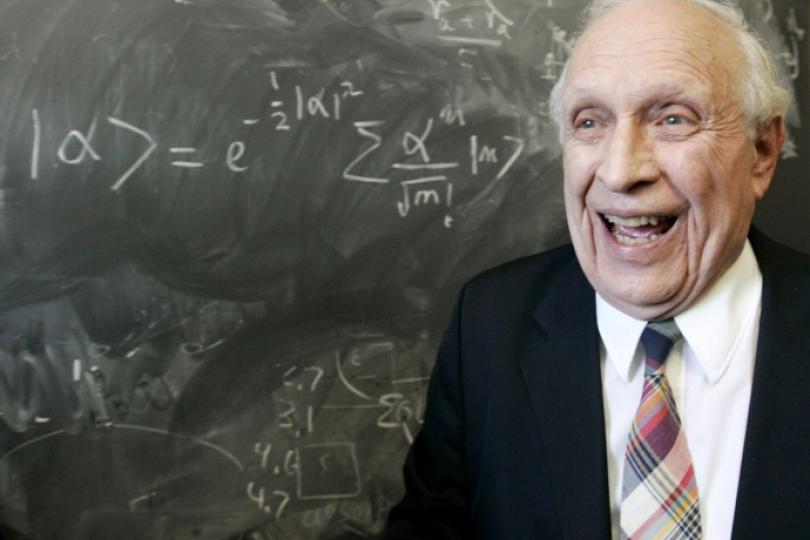
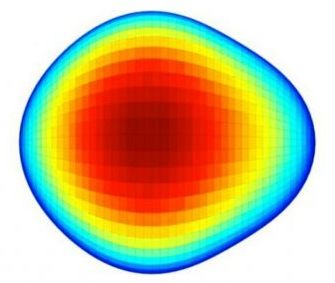
A group of scientists confirmed that there is a pear-shaped nucleus. Not only does this violate some laws in physics, but also suggests that time travel is not possible.
A new form of atomic nuclei has been confirmed by scientists in a recent study published in the journal Physical Review Letters. The pear-shaped, asymmetrical nuclei, first observed in 2013 by researchers from CERN in the isotope Radium-224, is also present in the isotope Barium-144.
This is a monumental importance because most fundamental theories in physics are based on symmetry. This recent confirmation shows that it is possible to have a nuclei that has more mass on one side than the other. “This violates the theory of mirror symmetry and relates to the violation shown in the distribution of matter and antimatter in our Universe,” said Marcus Scheck of University of the West of Scotland, one of the authors of the study.

The craving to explore beyond our solar system grows sturdier every day. This proves true for the understanding of wormholes and time travel as well. In order to satisfy our thirst for the unknown, NASA will research unknown physics revolutionizing exploration of space. We first have to advance our understanding of space-time, the quantum vacuum, gravity and other physical phenomena. This info will help NASA send robots on interstellar space missions. Precisely 15 areas will be studied comprising human exploration, landing systems, nanotechnology and robots.